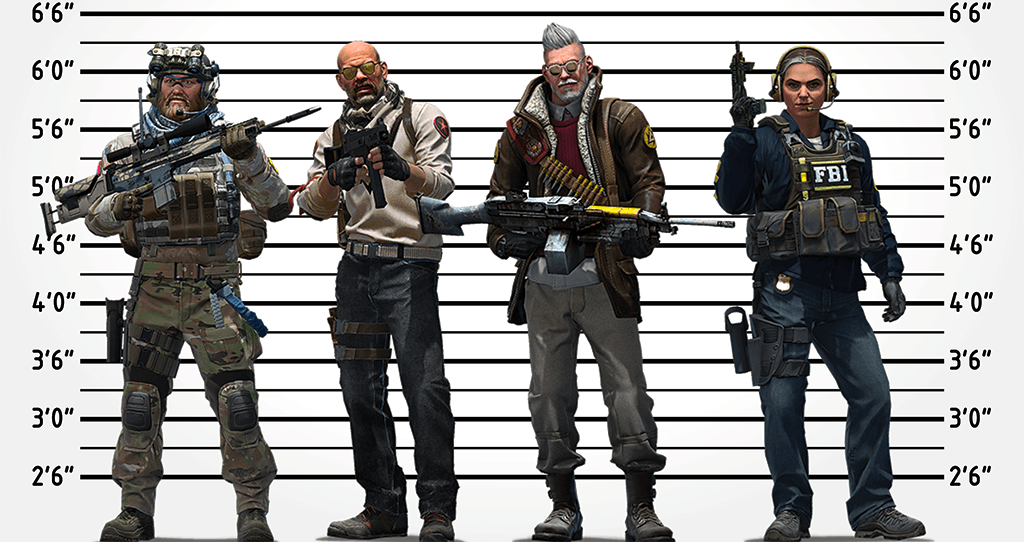Canal Mail Corp: Your Hub for Daily Insights
Explore the latest news, tips, and trends across various topics.
Diving Deep into Player Skin Economics: Value Beyond the Pixels
Uncover the hidden world of player skin economics and discover why virtual aesthetics hold real-world value beyond mere pixels!
Understanding the Real-World Value of In-Game Skins
In the rapidly evolving landscape of online gaming, in-game skins have emerged as a significant aspect of gameplay and player identity. These virtual cosmetic items, which allow players to personalize their characters or equipment, hold a value that transcends mere aesthetics. Players often invest real money to acquire skins, leading to a flourishing market where rare and exclusive items can fetch exorbitant prices. This phenomenon raises the question: how do these digital assets translate into real-world value? The answer lies in the demand created by their scarcity and the emotional connection players have with their favorite games.
Furthermore, the trading of in-game skins is not just a casual hobby; it has developed into a major economic activity. Players can buy, sell, and trade skins on various platforms, with some rare items becoming collectibles akin to trading cards or art pieces. This liquidity contributes to the perceived value of skins, allowing players to potentially profit from their investments as market trends fluctuate. To fully grasp the significance of in-game skins, one must recognize their impact on gaming culture and the burgeoning digital economy, where virtual and real-world values intersect.

Counter-Strike is a popular tactical first-person shooter game that pits teams of terrorists against counter-terrorists. Players engage in various game modes, including bomb defusal and hostage rescue, requiring teamwork and strategy to succeed. For players looking to enhance their gaming experience, utilizing a csgoroll promo code can provide valuable in-game benefits.
The Psychology Behind Skin Purchases: Why Do Players Invest?
The allure of skin purchases in gaming is deeply rooted in psychological principles that tap into our desire for uniqueness and self-expression. Players often seek to differentiate themselves from others, and customizing their in-game avatar with a rare or visually stunning skin serves as a form of personal branding. According to social identity theory, individuals derive a sense of pride and belonging from their group affiliations; by investing in skins, players feel more integrated into their gaming communities, enhancing their status among peers. This phenomenon is not merely about aesthetics; it reflects a complex interplay of social validation and individual identity.
Moreover, the concept of scarcity plays a significant role in motivating players to invest in skins. When limited-edition skins are released, players experience a heightened urgency to purchase them, as their availability is finite. This taps into the psychological principle known as the Scarcity Effect, where the perceived rarity of an item amplifies its desirability. Additionally, the transformational experience of acquiring a skin can heighten a player's emotional engagement with the game, making them more likely to invest further. Thus, the decision to purchase skins is multifaceted, intertwining personal expression, social dynamics, and economic principles to create a compelling reason for players to spend their money.
Are Player Skins a Smart Investment? Exploring Their Resale Potential
In the world of online gaming, player skins have emerged as a significant aspect of both gameplay and economy. These cosmetic enhancements not only allow players to personalize their characters but also serve as virtual assets that can appreciate in value. As more games adopt free-to-play models, the demand for unique and rare skins has escalated. Players are investing heavily, with some spending hundreds or even thousands of dollars in hopes that the value of their skins will rise over time. This phenomenon raises an important question: are player skins a smart investment when considering their resale potential?
The resale market for player skins is thriving, largely driven by platforms that facilitate the buying and selling of these digital assets. Factors such as rarity, demand, and the game's popularity can significantly influence a skin's market value. For instance, limited edition skins from popular titles can yield substantial returns, while more common skins may depreciate or stabilize at a lower value. Thus, understanding market trends and staying informed about game updates are crucial for anyone considering investing in player skins. Ultimately, while there are risks involved, the potential for substantial return on investment makes this a compelling area for players and collectors alike.